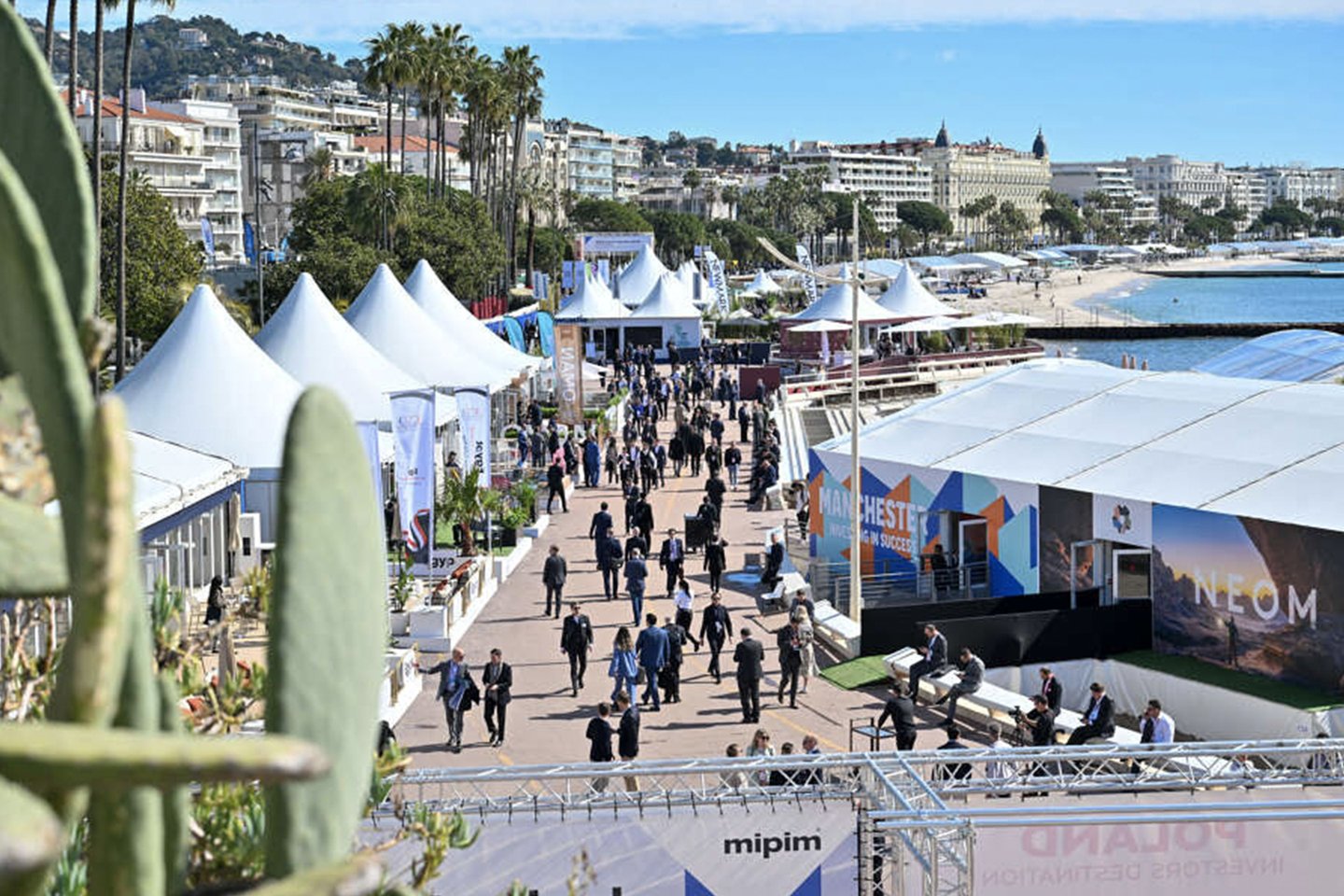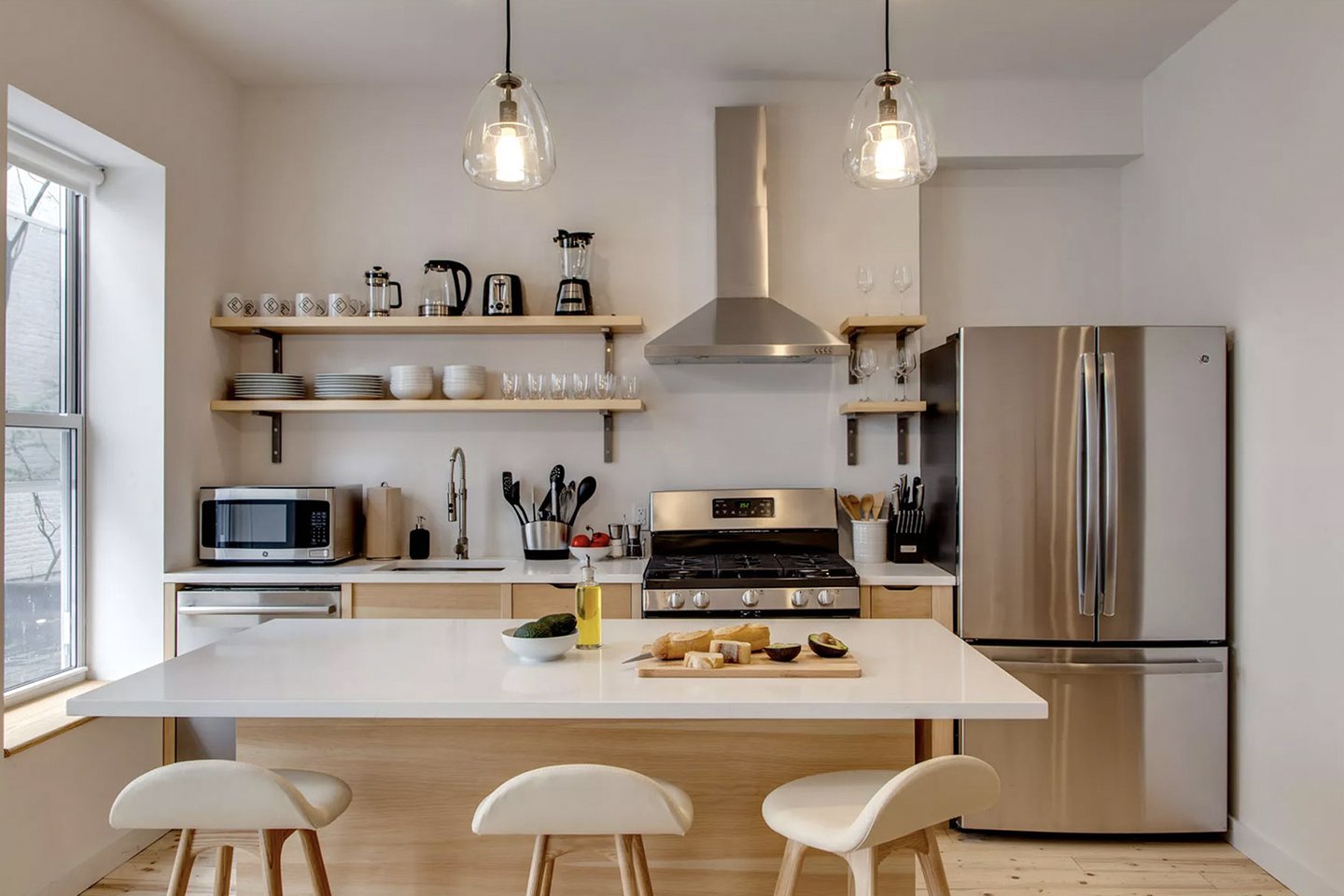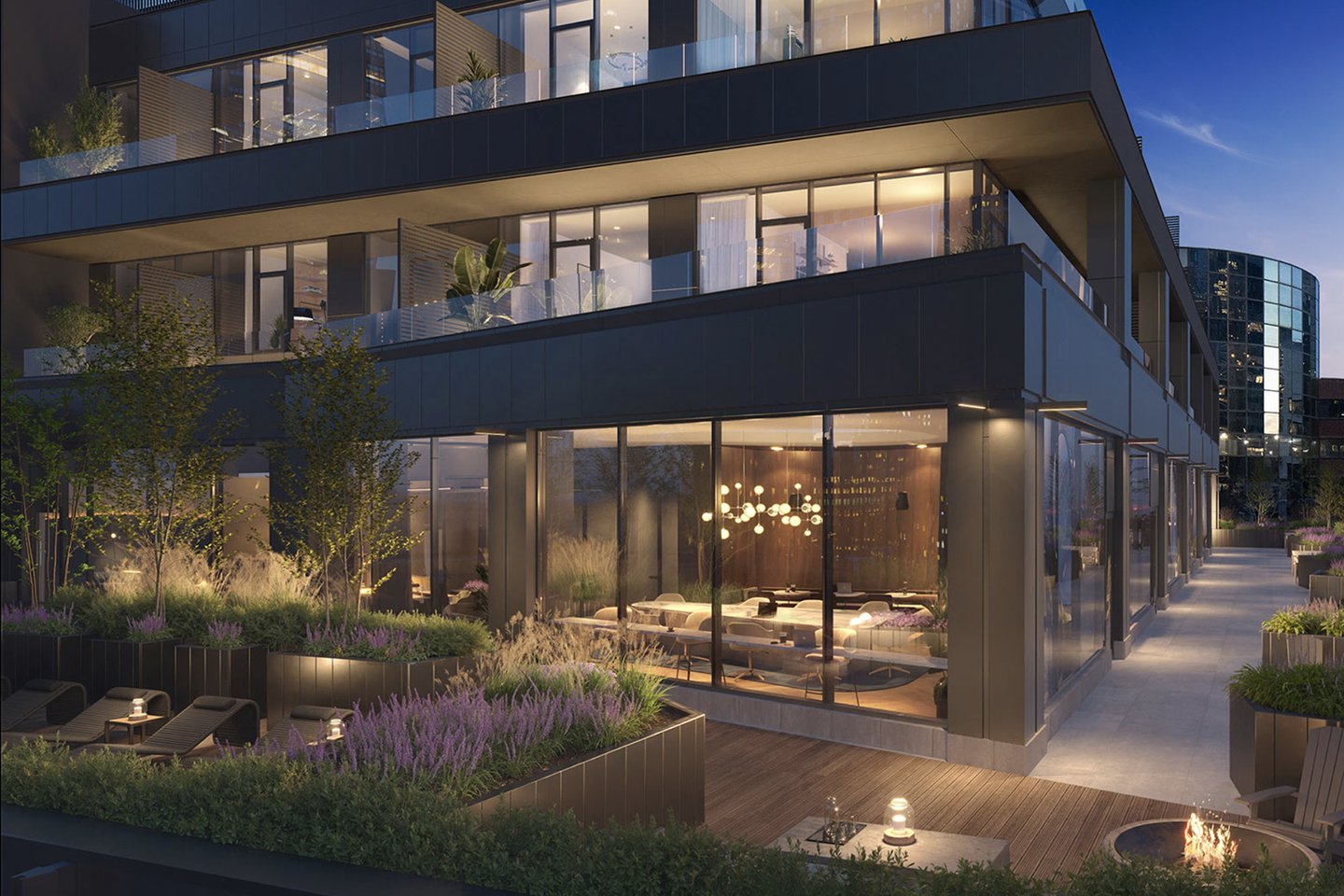

3 min read
MIPIM Property Fair 2024
WLLW gains insight into the challenges and opportunities facing the property industry and identifies key trends in how developers are seeking to embrace sustainable housing strategies.
- WORDS
- Timothy Anscombe-Bell
Last week we visited MIPIM, the world’s leading property and real estate fair. Held annually in Cannes, it’s been running since 1990 and, this year, around 21,000 developers, property investors, architects and planners arrived in the south of France to walk the halls of the Palais des Festivals (the venue that also hosts the town’s famous film festival).
MIPIM is where many of the deals which shape the future of our cities take place. Looking beyond the glamorous parties and displays of excess, the fair offers the chance to build a picture of which cities and nations are on the up, and where’s struggling. The event also acts as a bellwether for the social trends shaping the built environment and provides an opportunity to observe which companies are investing in sustainability and the wellbeing of residents.
This year’s conference began with a new event called ‘Housing Matters’, which explored tangible and replicable innovations in the residential market. Through conversations, panels and off-the-record briefings with policy experts, urbanists and investors, we uncovered the latest visions of what healthy and sustainable housing could and should be.

Alternative Housing Models
One of the key themes at MIPIM this year was the growth in the importance of the residential market – specifically the opportunity for new forms of housing. Speakers and analysts highlighted the way the market was splintering into niche sub-sectors, designed to cater to specific target markets and in line with changing demographics and life patterns.
People are living longer and 18–30 year olds are typically prolonging the time they stay at home. This is often followed by a longer working life and an extended retirement. There is also a generation who are caring for their children and a parent of over 65 simultaneously, under the same roof. These factors are all contributing to a shift in living requirements, which are being reflected in residential typologies.
For instance, activity in the coliving sector in Europe has more than doubled since the pandemic, according to Gui Perdrix, president of the French coliving non-profit, Co-Liv. “We need solutions for the densification of cities,” he explained, “and it’s encouraging to see more interest and investment in alternative concepts, from multi-family housing and single-parent family homes to senior living communities.”

Adaptive Reuse
Per capita, the US has the most oversupplied office market in the world, according to Bradley Weismiller, Brookfield's managing partner for real estate capital markets. “We built too much of it in certain places and it doesn't need to be used as offices anymore,” he told the audience during a panel at the conference on trends in US real estate.
While the embattled office sector in North America is showing further signs of a slump, Weismiller’s fellow panelists highlighted the opportunities for conversion of vacant assets into housing across America. Known as adaptive reuse, this is the process of converting and retrofitting an existing building for a purpose other than which it was originally designed for. It’s not a new idea, but given America’s office glut and its housing shortage, it’s a hot topic at present.
Molly Goldfarb, principal at investor TPG Real Estate, said they were looking to convert more offices into housing throughout 2024, but that it could be “very challenging” to find suitable assets. An in-depth 2023 report by the New York Times highlights some of these challenges and opportunities.

Building Community
It was encouraging to hear debate among many of the developers present as to the best ways of creating genuine social value in the built environment. This movement signifies a growing acceptance that real estate development must extend beyond mere profit generation to encompass broader societal benefits. Developers and investors are under increasing pressure to embrace the concept of placemaking, which emphasizes creating vibrant, inclusive spaces that foster community engagement and wellbeing.
By integrating social impact considerations into projects, they can address pressing urban challenges such as affordable housing, accessibility, and environmental sustainability. This approach not only enhances the liveability of neighborhoods, but also contributes to long-term economic resilience and social cohesion.

The residential market in the United States needs developers with the bravery and patience to design and build healthy and environmentally sound homes that communities can cherish. Time will tell whether the ambitious housing schemes we heard about at MIPIM can deliver on their claims.
Our team returned from Cannes inspired and driven to continue advocating for housing that moves beyond the carbon-heavy and identikit new build suburbs we see so much of. If you have a healthy homes project that you’d like to discuss, please reach out to us at: studio@wllw.eco
Photography: MIPIM, Common
Image credit: Gensler, Human Nature & Ash Sakula



4 min read
London Design Festival 2023
For its 21st edition, London Design Festival showcased a vibrant tapestry of innovation, materials and craftsmanship across the city's diverse design districts.

